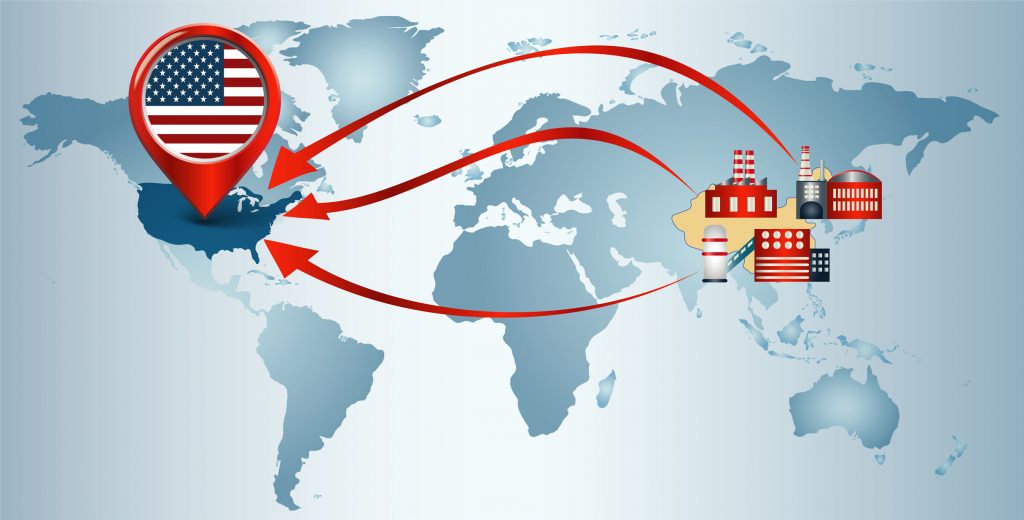
A chain is only as strong as its weakest link. And when it comes to the current state of supply chains, “weakness is evident everywhere,” says Per Hong, partner with Kearney.
Prior to Omicron, there had been signs that some supply chain bottlenecks were beginning to clear up. But the new variant has presented global supply chains with yet another test of resilience.
The problems with ocean shipping, including soaring freight rates and tight capacity, are likely to persist into 2023. Much depends on the Chinese government, which as of the new year had placed thousands of citizens under quarantine due to the Omicron outbreak. Further, they are discouraging travel during the lunar new year break in February, when millions of Chinese travel home to celebrate with family.
Hong believes the pandemic will trigger some permanent changes in the design and execution of global supply chains, including a greater reliance on buffer stock and a shift in sourcing patterns away from China. We would add that reshoring manufacturing to the US will become a new, more permanent feature of our supply chain.

 Dad Caps
Dad Caps
 Five Panel Hats
Five Panel Hats
 Mesh Back Hats
Mesh Back Hats
 In Stock Blanks
In Stock Blanks
 Snapback Hats
Snapback Hats
 Stretchfit Hats
Stretchfit Hats
 Duffel Bags
Duffel Bags
 Backpacks
Backpacks
 Tote Bags
Tote Bags
 Computer Bags
Computer Bags
 Sling Messenger Bags
Sling Messenger Bags
 Cooler Bags
Cooler Bags
 Cuff Hats
Cuff Hats
 Beanies
Beanies
 Scarves
Scarves
 Zipper Folders
Zipper Folders
 Stitched Folders
Stitched Folders
 Accordion Folders
Accordion Folders
 Ring Binders
Ring Binders
 Letter Folders
Letter Folders
 Clipboards
Clipboards

 Union Made In USA
Union Made In USA






